India is home to 1.4 Billion creative minds whose ingenuity can be seen by how they incorporate “Jugaads” in their work and daily affairs. These can be as frugal as using rubber bands to repair appliances or using old newspapers and clothing to patch up leaks; Or as empathetic as setting up green shade canopies by PWD at Nagpur, Tiruchi, and Puducherry to provide shade to commuters in the scorching summers.
To celebrate this intellectual prowess, we are dropping below some amazing innovations this National Technology Day that are revolutionizing the Indian tech landscape and are becoming an inspiration for the world.
1. UPI

If there is one financial technology that has grabbed global headlines it’s without a doubt UPI. From small Chai Tapris, local Sabjiwalas, and even street beggars to hotels, shopping complexes, and theaters, everyone is using UPI nowadays with ease. It is a single-window mobile payment system developed by the National Payments Corporation of India (NPCI). The implementation of UPI has made India the country with the highest digital transaction clocking over 22.7 billion transactions worth $768 billion in FY23 and accounting for about 73% of all non-cash transactions in India during FY 2022-23. India is not only pioneering in this technology but also inspiring the world. UPI's success in overseas markets includes UAE, France, Singapore(PayNow), UK(TerraPay), and more.
2. FASTag
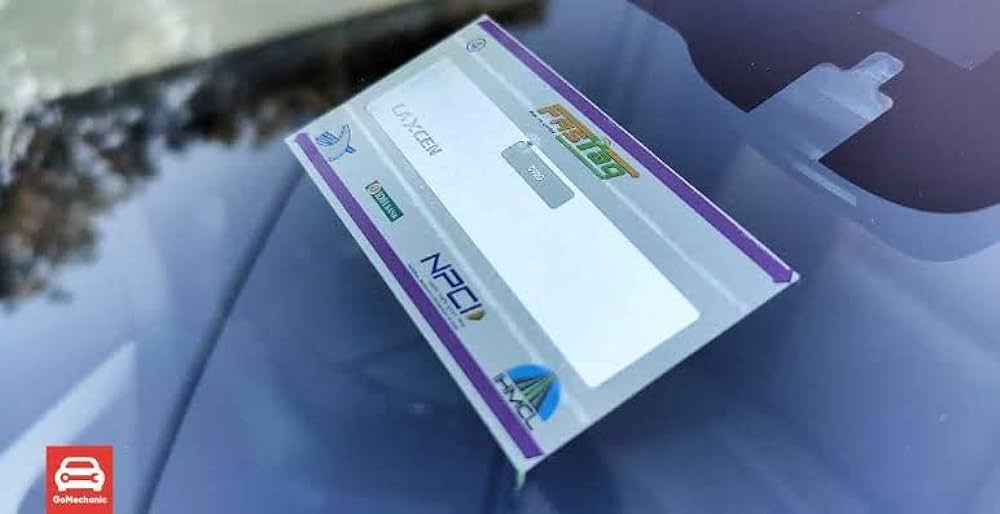
Remember all those long waits at toll booths, emissions leading to air pollution, and paper bills for toll fees...they used to take the fun out of a chill road trip. But thanks to the electronic toll collection system FASTag by NHAI, not only toll collection but the overall driving experience has been revolutionized. This genius technology is saving 70,000 crore rupees ($8.4 billion) in wasted fuel expenses per year. Apart from reducing carbon emissions and saving fuel, a FASTag also helps lower paper usage, reducing revenue leakages and evasion, and has helped in boosting toll collection from 4,770 crore in 2013-14 to 41,342 crore rupees in 2022-23.
3. Indian Regional Navigation Satellite System (IRNSS) using GAGAN GPS
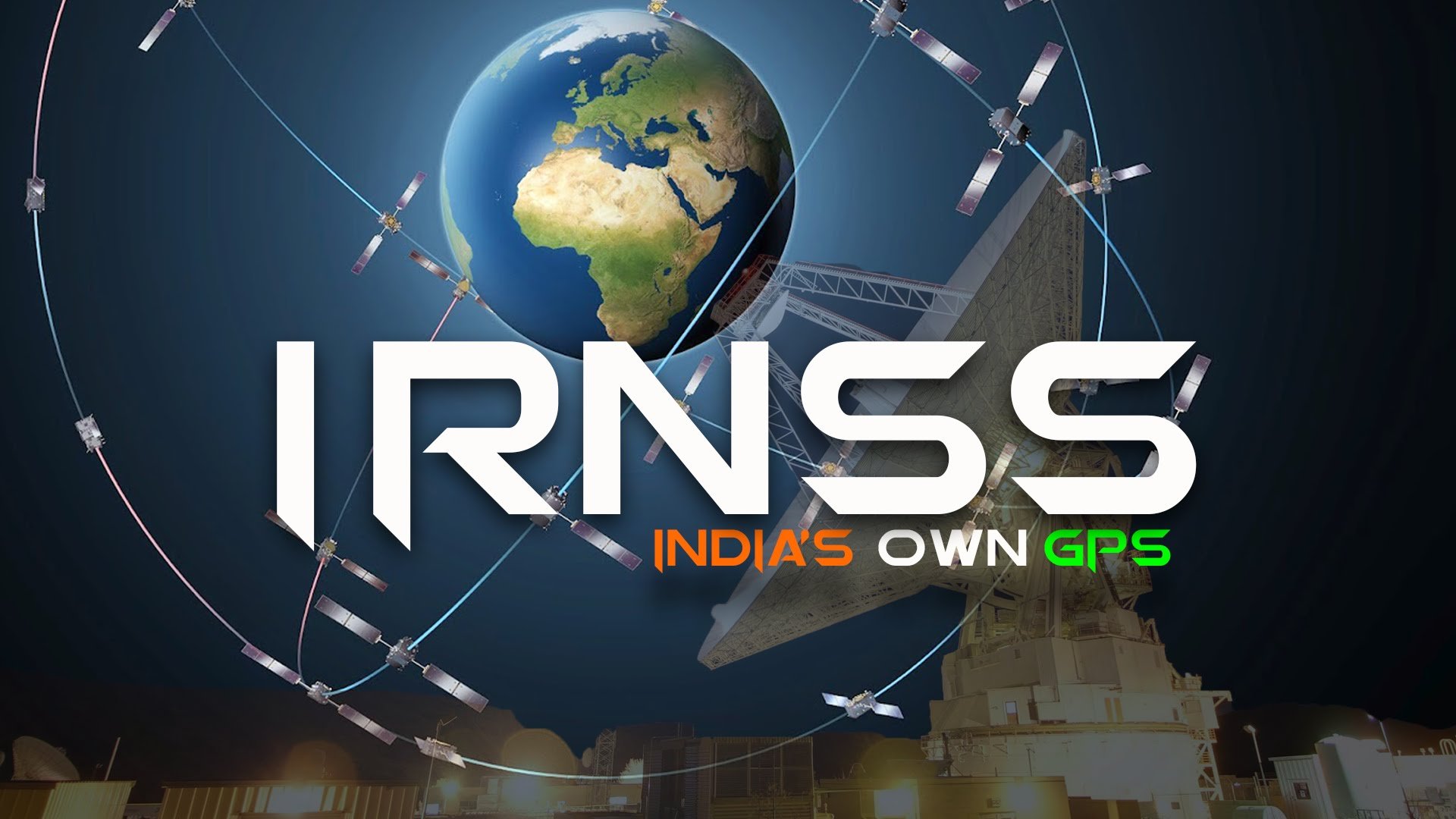
IRNSS also known as the Navigation with Indian Constellation (NavIC) is an autonomous regional satellite navigation system developed by ISRO. It is India’s independent and indigenous regional spaceborne navigation system for national applications. Thanks to this technology India successfully conducted Asia’s first-ever demonstration of Performance-Based Navigation (PBN) for helicopters. The pioneering flight, from Juhu to Pune, utilized the cutting-edge GAGAN (GPS Aided GEO Augmented Navigation) satellite technology. Another GPS revolution will soon hit Indian shores aiming to make the nation toll booth free within a couple of years using Global navigation satellite system (GNSS)-based toll collection by accurately tracking the location of a vehicle across states to calculate tolls.
4. Bahu-Balli Crash Barrier
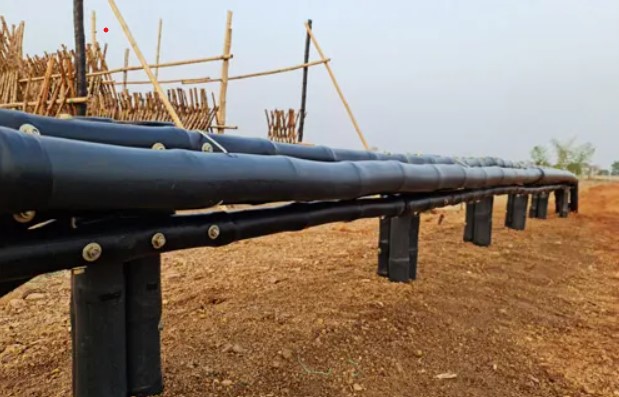
India achieved another Atma Nirbhar Bharat milestone by developing the world's first bamboo-made crash barrier which was first installed on the Vani-Warora Highway in Vidarbha, Maharashtra. Everyday reckless speeding claims the lives of millions. A total of 4,61,312 road accidents have been reported in India during 2022, claiming 1,68,491 lives and causing injuries to 4,43,366 persons. Calling it a boon for all those heavy drivers out there and a “remarkable achievement” for the country and its bamboo sector, with a production of five million tonnes per year, this crash barrier offers a perfect alternative to steel and addresses environmental concerns.
5. AIRAWAT

The AI Supercomputer ‘AIRAWAT’, installed at C-DAC, Pune has been ranked 75th among the Top 500 Global Supercomputing in the world at the International Supercomputing Conference (ISC 2023) in Germany. It puts India on top of AI Supercomputing nations worldwide. The system is installed under the National Program on AI by the Government of India. Airawat PSAI, stands as India’s largest and fastest AI supercomputing system, with a remarkable speed of 13,170 teraflops. This lightning-fast processing will empower the Scientific Community, Industry, and startups to develop indigenous AI-enabled products & solutions in Natural Language Processing, Surveillance and Image Processing, and more.
6. Omkareshwara Floating Solar Power Plant
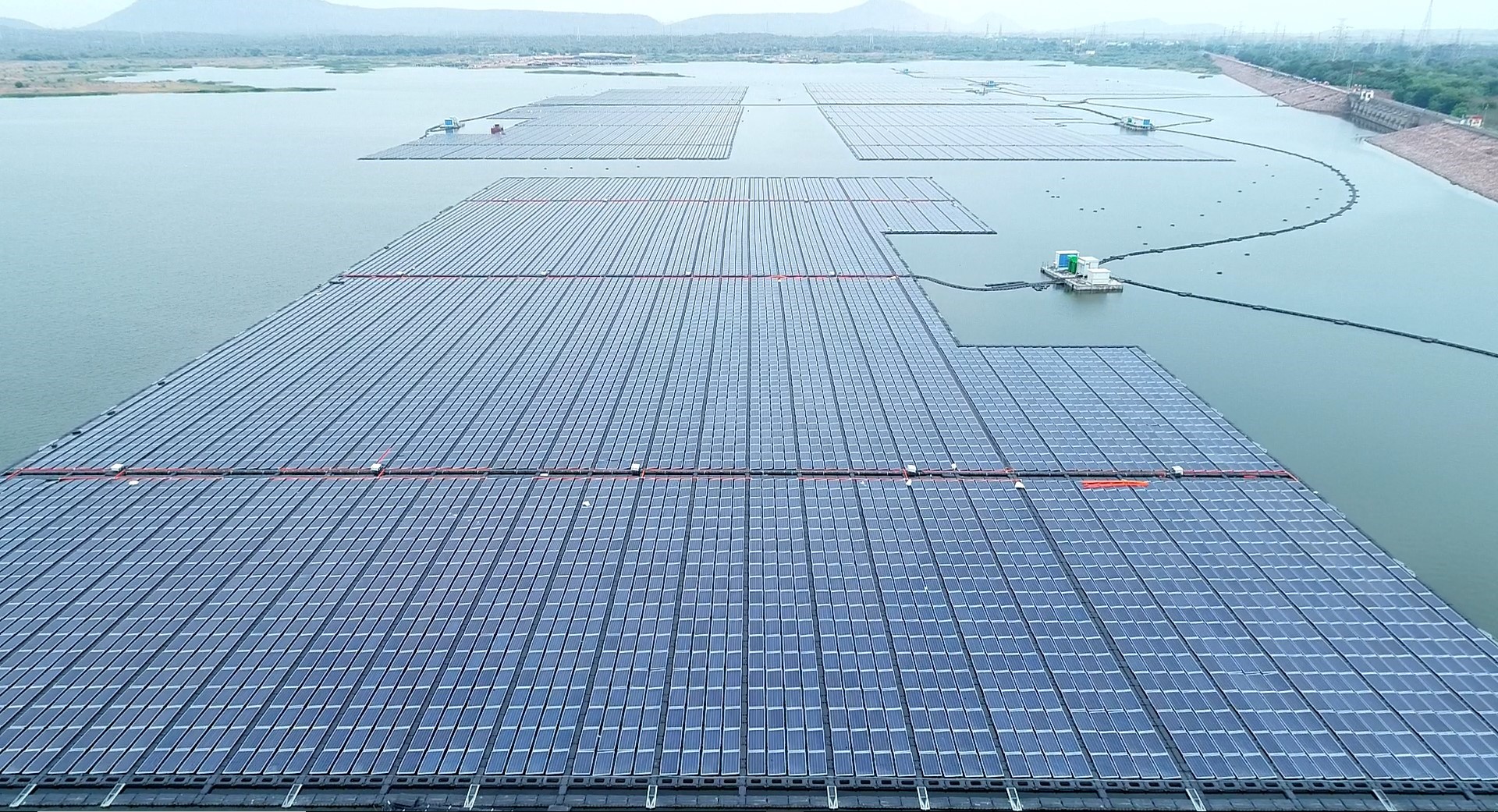
Hosting the world’s largest floating solar power plant, Omkareshwara city has put Madhya Pradesh on a global solar map. The project covering 6.6 square kilometers of water surface will generate 600 MW of solar power enough for lighting up 9 Lakh homes. It is estimated that 12 lakh metric tonnes of carbon-dioxide emissions will be prevented from the project. This is equivalent to planting one crore 52 lakh trees. With this Khandwa will become the only district in MP to have thermal, hydro and floating solar power plants.
Conclusion
The 21st century is India’s with the advancement in technologies across a broad spectrum of technical fields from space exploration to quantum computing to digital infrastructure. These developments not only strengthen India’s claim as a world leader in research and technology but also impact millions of lives everyday. We all have been given an opportunity to contribute our labor and ingenuity in this noble ambition so let us all Be Brave! Be Empathetic! Be Innovative!
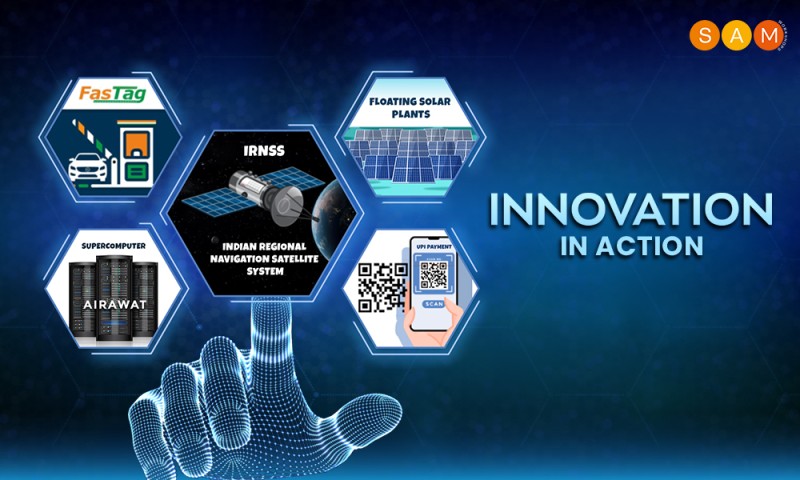


17 Comments
Matthew Michael D'Agati is the proprietor of Renewables Worldwide, a alternative energy Company in MA. A couple of decades ago, taking a leap of faith, Matthew D'Agati ventured into the world of alternative energy, and in a point started effectively marketing megawatts of power, predominately inside the corporate industry, partnering with solar farm developers and local businesses in the "planning" of their undertakings. Consistent marketing web inside of the manufacture, inspired Matthew to join the opportunity a inter city startup 2 decades previously, and within no time, he assumed the role of their Chief Strategy Officer, responsible for all companies and business development, as well as being given select few property. From planned unions and sheer efforts principles, Matt D'Agati elevated that corporation from a marginal primary-year sales to over a 205% greatly enhance in general earning by same year two. On that premise, RW, an master-purchased business, was made with purpose of offering sustainable electrical remedies for a smarter and more eco- friendly future. Much more expressly, recognizing there is a niche in the trade and a better way to enjoy results, RW’s is one of the few enterprises in the US to focus on buyer purchase, concentrating in both private and commercial solar-powered park off-take. Specific eye sight is to organize a purchases facilities on a community-based, regional, national level, offering numerous unlimited potential services and products inside the of Renewables Worldwide, Inc.. This enthusiasm in that the alternative industry proceeds to delight and motivate Matt in staying his solicit to work with organisations that overlap the equal of furnishing alternative focus possibilities for a a whole lot more maintainable foreseeable future. Matt needs a in small business from Hesser College. [url=https://www.pinterest.com/pin/matthew-michael-dagati--1145955067655431844/]Exploring New Hampshire energy initiatives alongside Matt dagati.[/url] [url=http://elbanditos.phorum.pl/viewtopic.php?f=18&t=16810]Capitalizing on Renewable Electricity Origins for a Eco-minded Tomorrow from Matthew D'Agati[/url] f928f3d
Another essential reason to switch to solar technology may be the cost savings it offers. Solar power panels are designed for generating electricity for businesses, reducing or eliminating the necessity for traditional types of energy. This could end up in significant savings on energy bills, particularly in areas with a high energy costs. Furthermore, there are many government incentives and tax credits accessible to companies that adopt solar technology, rendering it a lot more cost-effective and affordable. The technology behind solar energy is simple and easy, yet highly effective. Solar power panels are made of photovoltaic (PV) cells, which convert sunlight into electricity. This electricity may then be kept in batteries or fed straight into the electrical grid, according to the specific system design. So that you can maximize some great benefits of solar energy, it is essential to design a custom system this is certainly tailored to your unique energy needs and requirements. This will make sure that you have just the right components set up, like the appropriate amount of solar panel systems additionally the right style of batteries, to increase your power efficiency and value savings. [url=https://www.whitepages.com/name/Matthew-Dagati]Realizing solar energy opportunities for New Hampshire with the help of Matt D'Agati.[/url] [url=https://www.vogliacasa.it/la-bianco-mania/]Constructing Unified Solar Modules (BIPV): Merging Sun-powered in Blueprints[/url] b3f9b2f
Matthew Michael D'Agati functions as the founder of RW, an Solar Company in Massachusetts. A couple of several years ago, taking an adventurous journey, Matthew D'Agati ventured into the realm of alternative energy, and in a occasion started successfully promoting megawatts of power, predominately within the business sector, partnering with solar farm developers and local businesses in the "design" of its undertakings. Continuous network in just the firm, guided Matt to register with a neighborhood startup 2 long time earlier, and in a brief period, he assumed the role of their Chief Strategy Officer, responsible for all businesses and sales progress, along with being provided group possession. Thru strategic joint ventures and sheer jobs ethical code, Matt D'Agati boosted that firm from a modest earliest-year incomes to more than a 240% rise in total profits by annum two. Building on that basis, Renewables Worldwide’s (RW), a experienced-closely-held business, was made with objective of supplying alternative potential tips for a smarter and more ecological future. Further in particular, understanding there is a niche in the store and an improved approach to get websites, RW’s is one of a select number of employers in the US . to attention on individual acquisition, focusing in both commercial and non commercial solar run park off-take. Their unique vision is to establish a sale structure on a regional, statewide, countrywide level, offering a multitude of replenishable stamina items among the of RW. This dedication in that the alternative industry persists to thrill and motivate Matthew in staying his seek to work with establishments that communicate the equivalent of selling inexhaustible strength treatments for a more maintainable upcoming. Matthew includes the in service from Hesser College. [url=https://scholar.google.com/citations?user=yHKinioAAAAJ&hl=en]Does power mediator Charming City supported by Matt dagati?[/url] [url=https://282ahc.com/guestbook]Greenhouse gas-reducing Progress and Sustainable Fuel: A Ideal Link by Matt D'Agati[/url] f7b3f9b
upxt5a
exzprk
0yvrkh
qofiaq
8upr6u
kz27nn
5zws4k
Your inner talents are resources for understanding yourself, helping you toward meaningful contributions and personal achievement. [url=https://9humantypes.com/contact]Enneagram and faith-based belief[/url] Your spiritual gifts hold the ability to change your existence and the lives of those close to you. These specialized abilities allow you to display your authentic self and fulfill your mission. But how do you unlock their potential? Initially, accept that divine talents are present in all people, though they may manifest differently. As an example, certain ones may shine in teaching and uplifting others, while different people might possess a instinctive gift for understanding or comfort. Engage in methods like self-reflection or deep thought to deepen your knowledge. Consider yourself queries like, "How am I naturally good at?" or "In what way might others define my strengths?" At its core, accessing your inner talents is about assisting those around you while staying authentic to your identity. It's a journey of discovery, balance, and fulfillment. [url=https://www.centrodekabbalah.com/uncategorized/el-ser-humano-y-el-tiempo/#comment-10489]Divine gift[/url] 05f928f
Promoting a safer and cleaner environment is essential for factories and industrial areas. Pressure cleaning removes pollutants, grime, and pollutants that build up on walls, ensuring a healthier workspace for staff. Frequent power washing of walls lowers the chance of accidents and safety problems resulting from exposure to hazardous chemicals. A clean work environment also enhances worker satisfaction and output, as staff are more inclined to feel proud in a well-maintained environment. Furthermore, power washing can prevent the buildup of residue and oil, which might be fire risks. By implementing power washing, industrial facility managers ensure a safer and more efficient working environment. If you are interested, feel free to check out my home and business power washing site to find out more. [url=https://calipressurewashing.net/cloverdale-ca-pressure-washing-for-residential-commercial/]Warehouse/Commercial building Steam wash near Rancho Cordova for Ambulance companies[/url] [url=https://forum.24hours.site/index.php?topic=424027.new#new]Increasing Business for Restaurants[/url] a9e9b2b
5abl7p
Eye Movement Desensitization and Reprocessing Therapy for Addiction Recovery: Treating the Wounds of Psychological Trauma Obsession will be a new complicated as well as multifaceted condition of which could carry significant consequences on persons' physical, mental, along with social well-being. Eye Movement Sensory Desensitization and also Reprocessing Eye Movement Desensitization and Reprocessing therapy offers the precious resource regarding individuals struggling with addiction, handling the fundamental trauma and also emotional distress in which often fuel obsessive behaviors in addition to encouraging their journey toward recovery as well as curing. During the platform post, we explore the application of EMDR counseling in addiction recovery as well as delve into its likely pros in terms of handling trauma-related issues and also promoting lasting sobriety and well-being. One of the from the principal challenges presented by individuals with obsession is the pervasive impact of trauma on their mental along with emotional health. EMDR therapy offers some sort of structured as well as evidence-based way for you to trauma treatment which can help individuals process traumatic memories as well as feelings, oppose negative perspectives about themselves, in addition to develop more adaptive coping strategies. Further, EMDR therapy may address this underlying trauma and also emotional distress which frequently propel addictive actions, helping individuals break free from the pattern of drug addiction along with find healthier ways regarding coping with their emotions and also experiences. By providing a safe along with supportive space intended for exploration and also healing, EMDR therapeutic approach empowers individuals in order to retrieve their sense regarding agency along with establish a lifestyle free from the grip of addiction. Also, EMDR therapy's focus about dealing with the fundamental origins of addiction accords with this goals associated with many individuals in recuperation, who are seeking holistic in addition to integrated approaches to be able to their care. By offering efficient and accessible trauma treatment, EMDR intervention supports individuals within finding independence from addiction along with reclaiming their wellbeing. [url=https://www.lkinstitute.com/contact-us]EMDR IOP ongoing care[/url] [url=http://www.carole-david.fr/]Teen Educational Help Programs[/url] e9b2b45
10j0i3
pzmeyz
o1xrl0